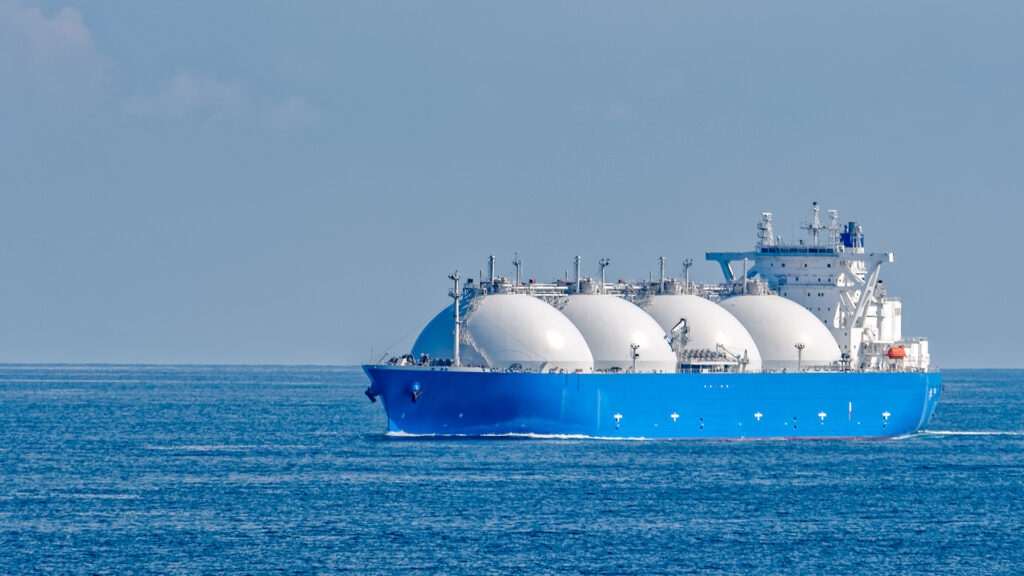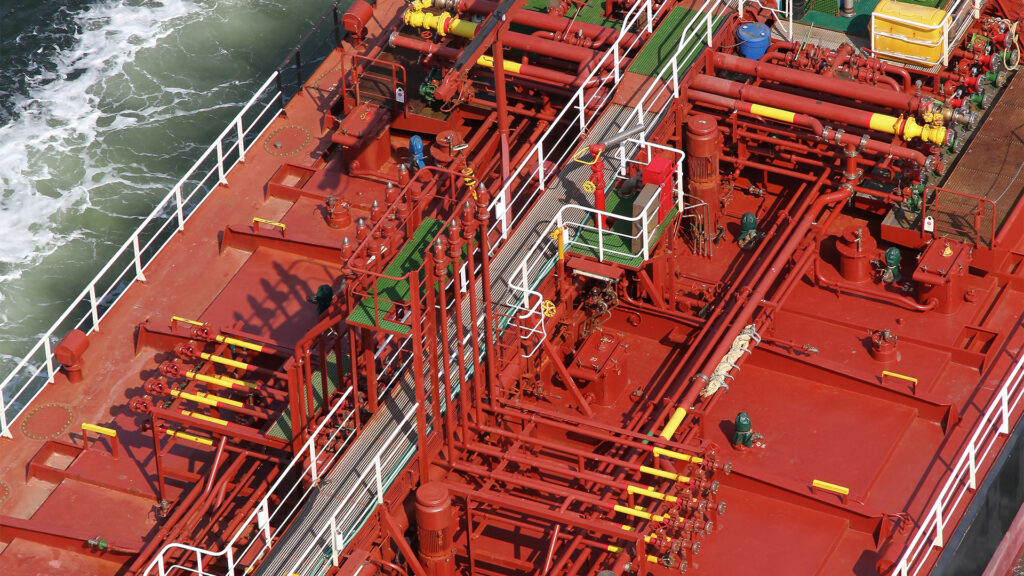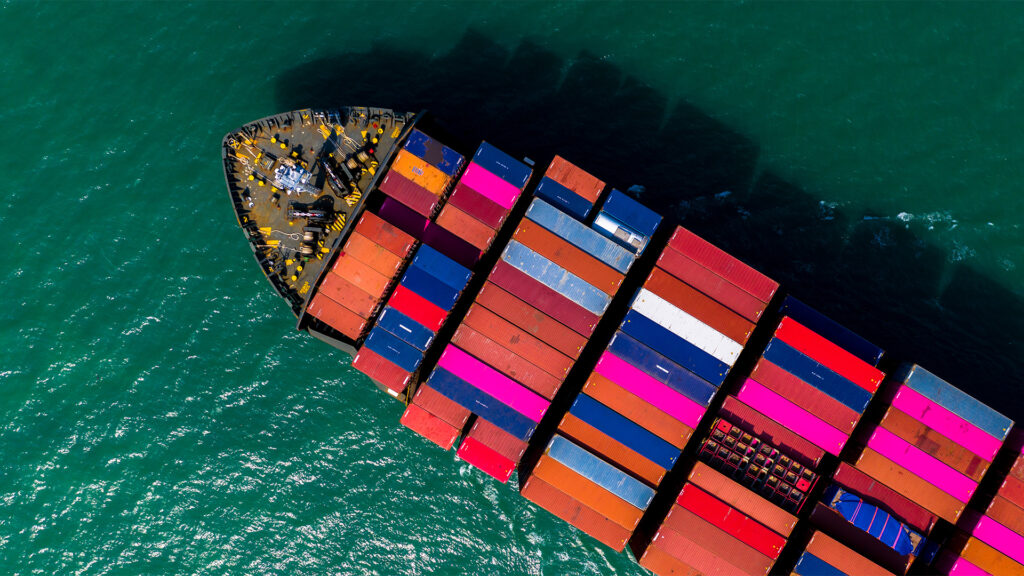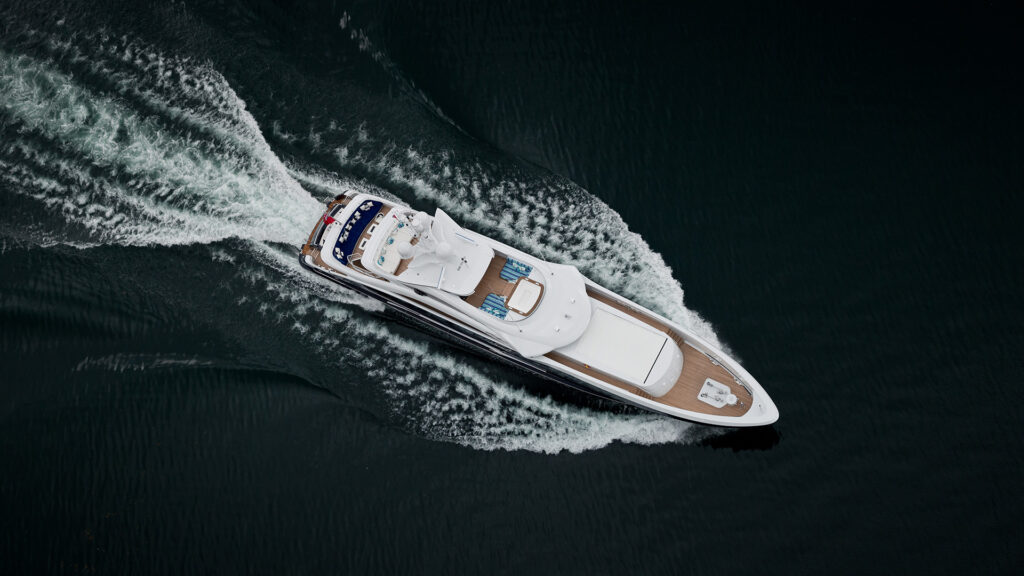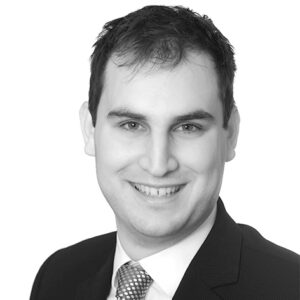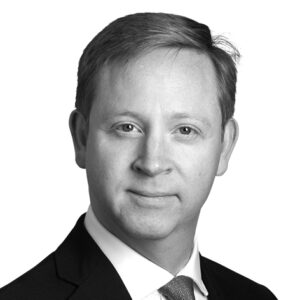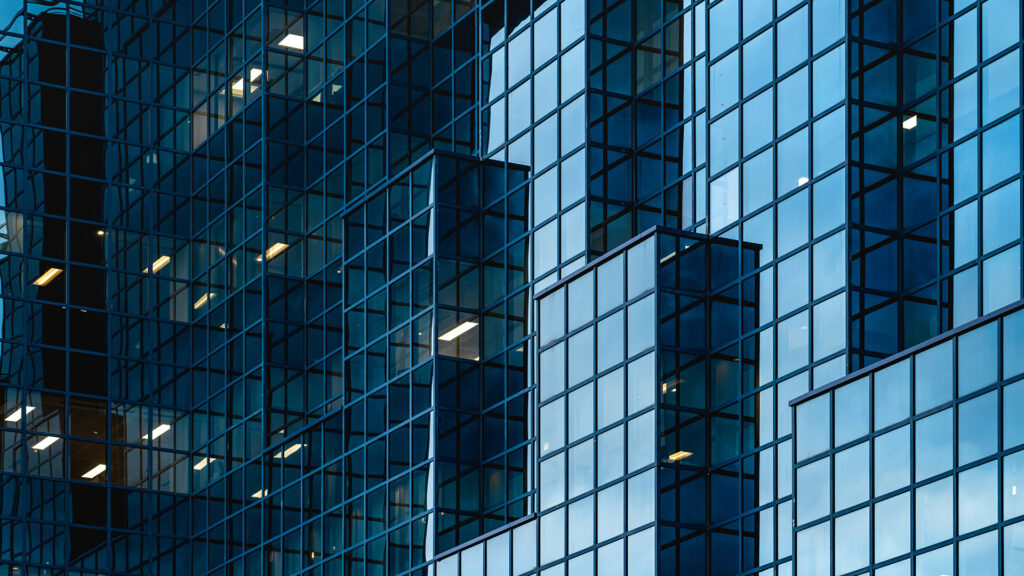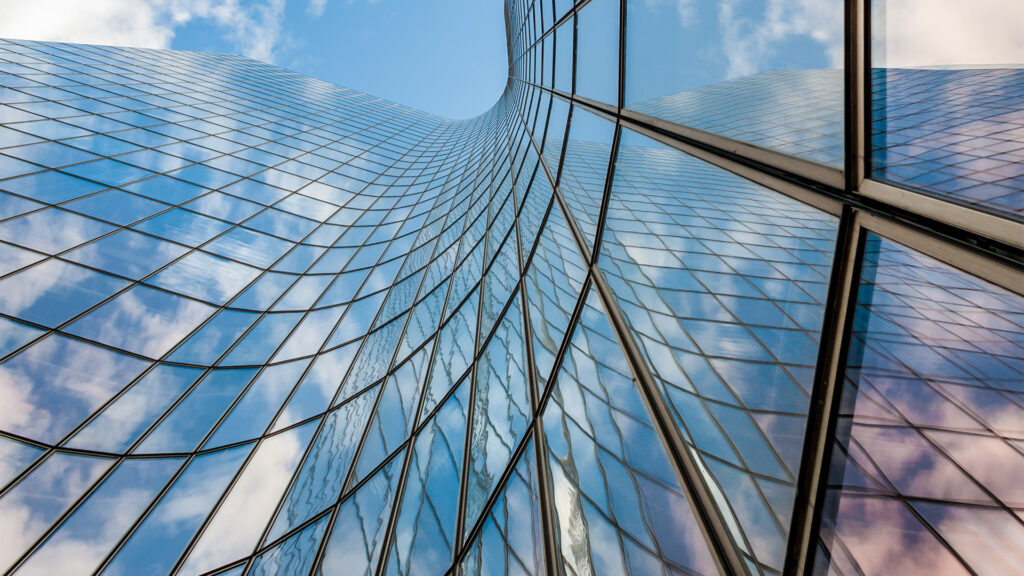Nitrogen emissions limits in the Baltic Sea – A sign of things to come?
In a further article in their series on regulatory and commercial issues affecting the maritime industry in the Baltic Sea1, Alex Kemp, Gudmund Bernitz and Joseph Malpas discuss upcoming Nitrogen Oxide (NOx) emissions limits under MARPOL Annex VI.
As most readers of shipping and maritime news will be aware, one of the biggest issues for market participants is the upcoming sulphur oxide (SOx) emissions limits under MARPOL Annex VI, which will impose a global cap of 0.5% mass by mass (m/m) for sulphur in marine fuel oil from 1 January 2020.
However, for those operating in the Baltic Sea (which, as discussed in our earlier article2, has been subject to an even lower SOx cap of 0.1% m/m since 1 January 2015 due to its status as an Emissions Control Area or ECA), a less-reported aspect of MARPOL Annex VI will also be of interest – namely, upcoming regulations limiting emissions of nitrogen oxide (NOx) in the Baltic Sea by up to 80%.
Pursuant to amendments approved at the 71st session of the IMO’s Maritime Environmental Protection Committee (MEPC) in July 2017, Regulation 13 of MARPOL Annex VI will designate the Baltic Sea (and the North Sea/English Channel) as a NOx Emission Control Area (NECA) from 1 January 2021 onwards. All vessels constructed on or after that date which operate in the Baltic Sea/North Sea NECA will be required to be fitted with an engine which is ‘Tier III’ under Regulation 13. In relation to NOx, Tier III standards are expressed as the grams of NOx emitted by an engine per kilowatt-hour, as follows.
- For engines with a speed of less than 130 rpm, 3.4 gNOx/kwh.
- For engines with a speed of 130 rpm and above but less than 2000 rpm, 9*n-0.2 gNOx/kwh.
- For engines with a speed above 2000 rpm, 1.96 gNOx/kwh.
Compliance
How might operators in the Baltic Sea comply with the upcoming regulations?
Since the upcoming limits will only apply to vessels constructed on or after 1 January 2021, one simple way of complying would be to assign existing or older tonnage to the Baltic Sea, or plan to construct new vessels in 2019/2020. However, this option would merely be a temporary measure, as it is only a matter of time before existing tonnage, and eventually 2019/2020 newbuilds, would need to be replaced due to obsolescence and/or old age. Any newbuilds constructed after that point would likely need to comply with the NOx emissions limits in the Baltic Sea NECA.
When it comes to making newbuilds compliant with the NOx emissions limits, it appears that there are two broad choices available to operators: either convert/upgrade ‘traditional’ fuel oil internal combustion engines to make them Tier III under Regulation 13, or opt for an alternative fuel, such as liquefied natural gas (LNG).
A number of systems are available to convert/upgrade internal combustion engines to Tier III, including the following:
- Selective Catalytic Reduction (SCR): In this system, urea or ammonia is injected into the exhaust gas produced by the engine, before passing the gas through a catalyst unit at a temperature of 300-400°C. A chemical reaction between the urea/ammonia and NOx in the catalyst unit reduces emissions of NOx by over 80%. Some vessels already feature this technology, for example some of the (primarily LNG-powered) aframax tankers owned by Sovcomflot (SCF Group), which feature SCR for use when in fuel oil mode.
- Exhaust Gas Recirculation (EGR): This system works by recirculating part of the engine’s exhaust gas back to the engine’s cylinders, after passing it through a scrubber unit. This leads to a reduction in excess air and temperature used for combustion, thus leading to reductions in NOx. Companies such as Solvang and Maersk have already experimented with EGR in their fleets. However, as waste water is produced in this system (via the scrubber), operators may need to ensure compliance with any current or future regulations regarding how this water is dealt with (e.g. any ban on discharge from scrubbers in coastal waters analogous to China’s recent ban).
Whilst some examples of alternative fuels, such as electricity via batteries, clearly need to be developed for wider market deployment, other options are more popular. LNG is one such choice, as it not only contains 85% less NOx, but also about 25% less carbon dioxide and virtually no SOx. Indeed, many operators have invested in LNG-fuelled vessels, such as Teekay, whose latest shuttle tankers run on a mix of LNG and volatile organic compounds, which is the gas evaporating from oil cargoes during loading. Further, as outlined in our previous article3, infrastructure to support LNG bunkering is being developed across the Baltic Sea region.
Emissions limits – sign of the times
Whatever option operators in the Baltic Sea decide upon, what is clear is that care will need to be taken when negotiating and concluding shipbuilding contracts for construction commencing after 1 January 2021, to ensure that the relevant newbuilds are constructed to comply with the MARPOL Annex VI NOx emissions regulations.
Whilst some operators might complain that this is yet another thing to worry about in an already highly regulated sector, it may well be that the Baltic Sea/North Sea NECA is a precursor to a global limit on NOx emissions. As alluded to above, this is precisely what has occurred in relation to the upcoming global SOx emissions limits, with SOx emissions being previously curbed only in ECAs such as the Baltic Sea.
By 2023, the IMO will have set out a revised carbon strategy, which might expand the NECAs globally, and could even introduce levies for continuing use of fossil fuels by operators. By that time, the lessons learned in the Baltic Sea may well be of use.
HFW has extensive experience advising participants in the maritime sector on emissions regulations, with the firm recently assisting BIMCO to draft its first clauses relating to the IMO 2020 SOx emissions regulations.
For further information, please contact the authors of this briefing.
Footnotes
- Previous articles in the serious can be found at https://www.hfw.com/insights/Sulphur-emissions-in-the-Baltic-Sea-two-years-on-June-2017/, https://www.hfw.com/insights/Port-reception-facilities-for-waste-water-in-the-Baltic-Sea-fit-for-purpose-October-2017/ and https://www.hfw.com/insights/LNG-Bunkering-in-the-Baltic-A-question-of-when-not-if/.
- https://www.hfw.com/insights/Sulphur-emissions-in-the-Baltic-Sea-two-years-on-June-2017/.
Download a PDF version of ‘Nitrogen emissions limits in the Baltic Sea – A sign of things to come?’




